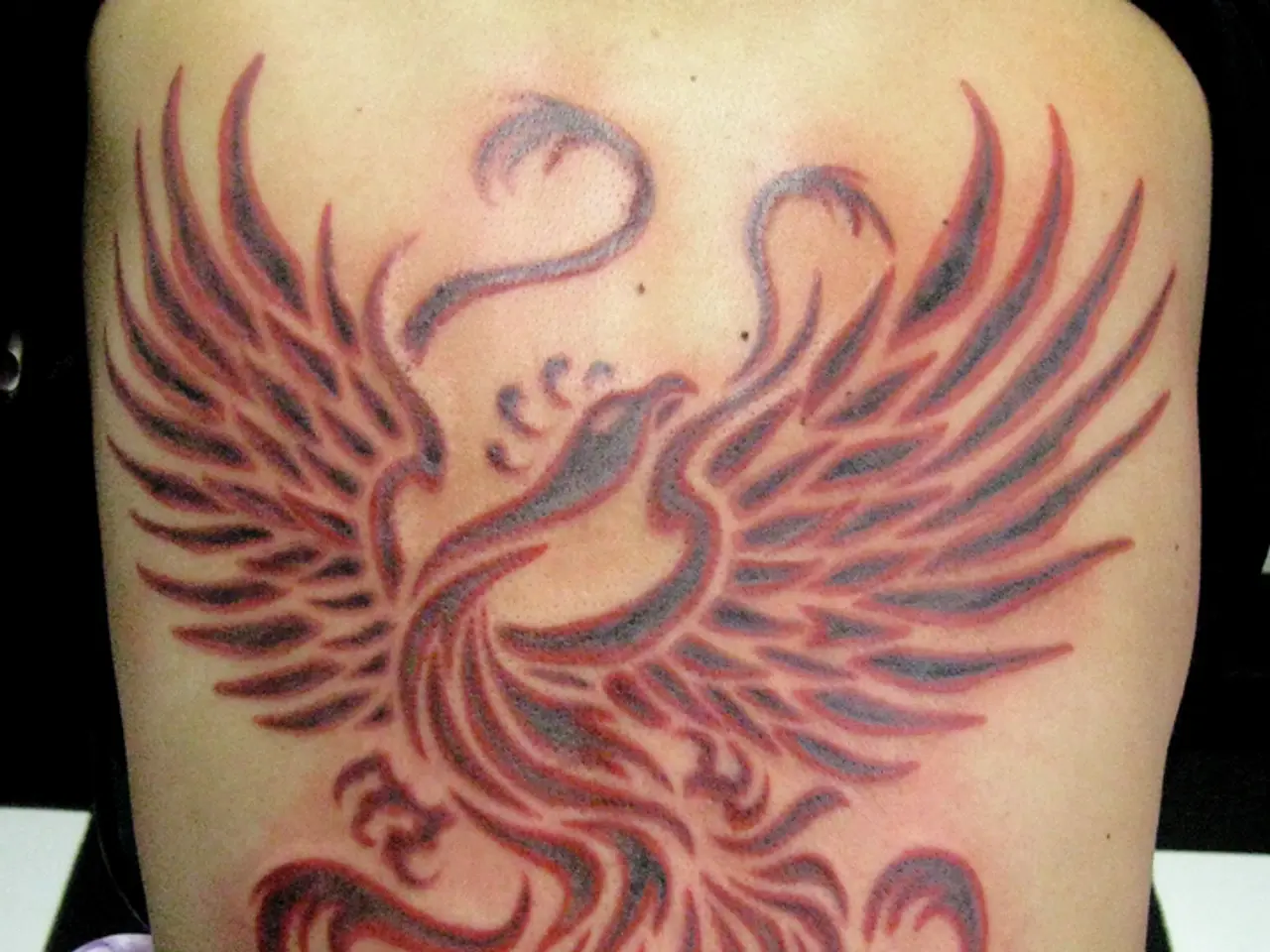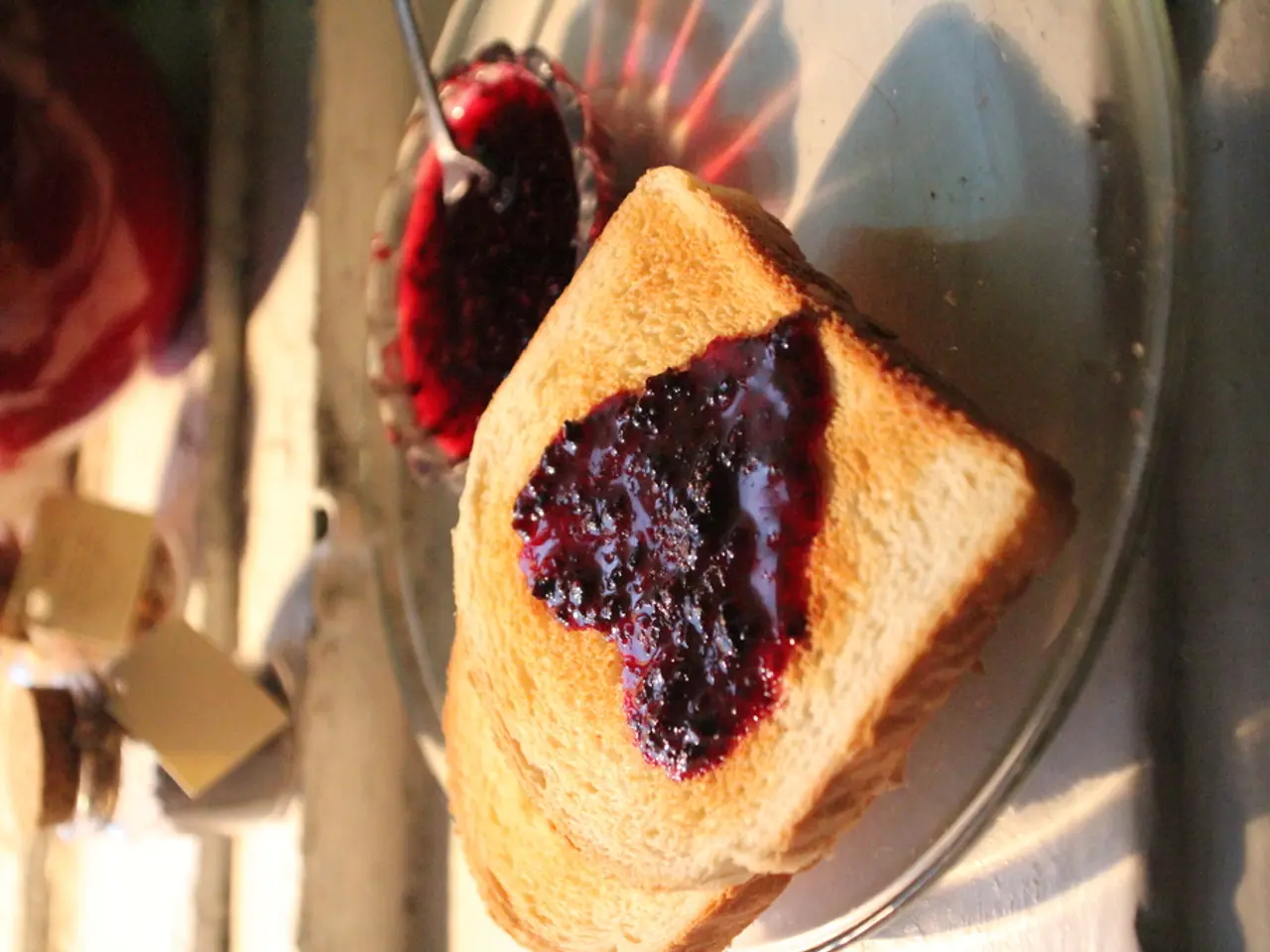Procedures for Erasing Tattoos Permanently from the Physique
In the ever-evolving world of body art, the need for tattoo removal methods has grown significantly. This article provides a comparison of the pros and cons of various tattoo removal options, including laser removal, surgical excision, dermabrasion, tattoo removal creams, chemical peels, and salabrasion.
Laser Tattoo Removal
Laser tattoo removal is a popular choice due to its precision. It selectively targets tattoo pigment without harming surrounding skin, reducing damage risk. The gradual fading allows mental adjustment over time, and it's a non-invasive method that doesn't require surgery or general anesthesia. However, it can be painful (often described like rubber band snaps), multiple treatments are typically needed (6-12 sessions), and the cost per session is approximately $200-$500. There's also a risk of skin discoloration and scarring, especially if done by inexperienced providers, and it's less effective on lighter colors.
Surgical Excision
Surgical excision is another option for tattoo removal. It involves cutting out the tattooed skin and stitching the surrounding skin together. This method provides immediate removal of the tattooed skin, making it very effective for small tattoos. However, it's only suitable for small tattoos due to skin closure limits, leaves a scar since skin is cut and stitched, and requires local or general anesthesia.
Dermabrasion
Dermabrasion is an older method of tattoo removal that uses medical-grade skin grinding to remove tattooed epidermis layers. It can remove tattoos that lasers cannot fully treat, but it's a painful procedure requiring local anesthesia, has a longer healing time, and carries a higher risk of scarring.
Tattoo Removal Creams
Tattoo removal creams are a non-invasive and painless option that can be done at home. However, they are generally less effective than professional methods for complete tattoo removal and may cause skin irritation and allergic reactions.
Chemical Peels
Chemical peels use an acid-based solution to peel off the outer skin layer, potentially removing some tattoo ink. They can be done at home with OTC products, but professional treatment is more effective. However, they are less precise and less effective than laser removal, and there's a higher risk of skin irritation and scarring.
Salabrasion
Salabrasion is an inexpensive method that uses a salt and water mixture to scrub the tattooed area, removing layers of skin and ink. It's easily done at home, but it's painful, less effective overall, and has a high risk of scarring and infection.
Cryosurgery
Cryosurgery, while not as common, can be effective for some tattoos. However, it's a painful method that requires anesthesia and carries a high risk of scarring and skin damage.
In conclusion, laser removal is generally considered the safest and most effective professional method. Surgical excision provides fast removal but is limited to small tattoos and leaves scars. Dermabrasion and salabrasion are older methods involving skin abrasion and carry significant risks of scarring and pain. Tattoo removal creams and chemical peels are less invasive but also significantly less effective and may cause skin issues. Consulting a dermatologist or tattoo removal specialist is important to select the best method based on tattoo size, color, location, and your skin type.
[1] Tattoo Removal Methods: What's Best for You? (2021). [online] Available at: https://www.aad.org/public/diseases/a-z/tattoo-removal-methods
[2] Tattoo Removal: What You Need to Know (2021). [online] Available at: https://www.mayoclinic.org/tests-procedures/tattoo-removal/about/pac-20384600
[3] Tattoo Removal: A Comprehensive Review (2019). [online] Available at: https://www.ncbi.nlm.nih.gov/pmc/articles/PMC6521354/
[4] Tattoo Removal Options: What's the Best Approach? (2020). [online] Available at: https://www.healthline.com/health/tattoo-removal#treatment-options
- For those seeking remedies in the realm of health-and-wellness, it's crucial to note that laser tattoo removal, despite being painful and costly, offers precision and minimal damage to surrounding skin, making it a popular choice for tattoo removal.
- In managing medical-conditions like skin-care complications arising from untreated tattoos, dermabrasion, an older method of tattoo removal, can be considered for removing tattoos that lasers may not fully treat. However, it carries a higher risk of scarring and pain.




